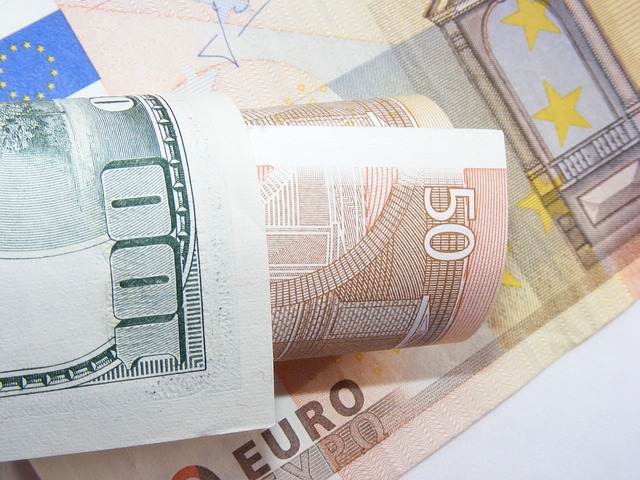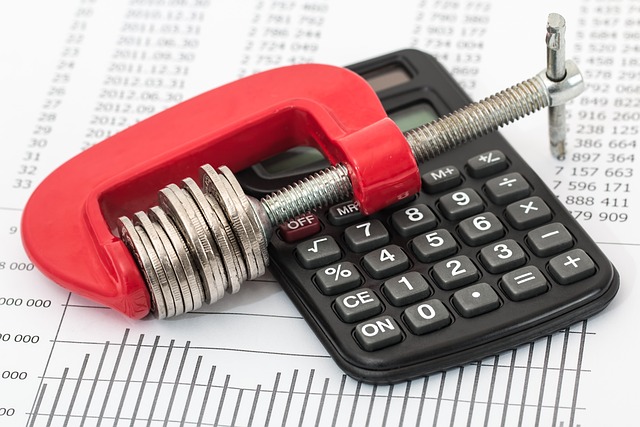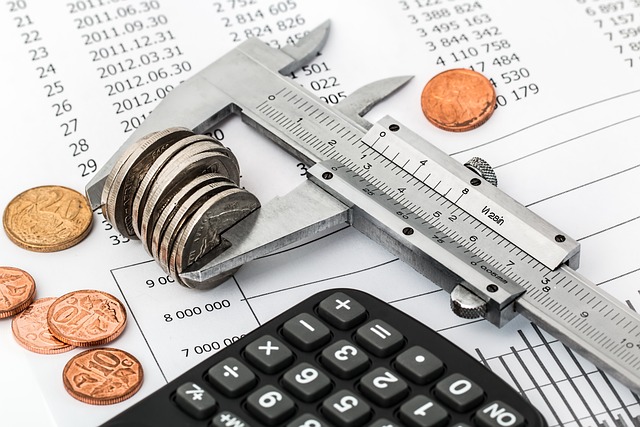Euro Currency: Stability and Exchange Rates

The euro (€) is the official currency of the Eurozone, which consists of 19 of the 27 European Union (EU) member states. Introduced in 1999, the euro has become one of the most important and widely used currencies in the world. Its stability and exchange rates play a crucial role in global finance, trade, and economic policy. This article explores the stability of the euro, factors influencing its exchange rates, and its impact on the global economy.
1. The Euro: A Brief Overview
The euro was introduced as an electronic currency in 1999 and as physical banknotes and coins in 2002. It was created to facilitate economic integration and stability within the EU, eliminate exchange rate fluctuations, and promote trade and investment among member states.
Key Features
- Symbol: €
- ISO Code: EUR
- Subunits: 1 euro = 100 cents
- Issuing Authority: The European Central Bank (ECB) and the national central banks of the Eurozone countries.
2. Stability of the Euro
The euro is considered one of the most stable currencies in the world, thanks to the strong economic foundation and regulatory framework of the Eurozone.
Economic Stability
- Diverse Economy: The Eurozone comprises some of the world’s largest and most diversified economies, including Germany, France, and Italy. This diversity contributes to the overall stability of the euro.
- Monetary Policy: The ECB plays a crucial role in maintaining price stability and controlling inflation through its monetary policy. The ECB’s primary objective is to keep inflation below, but close to, 2% over the medium term.
Political Stability
- Strong Institutions: The EU’s robust institutional framework, including the ECB and the European Commission, ensures effective governance and coordination of economic policies.
- Crisis Management: The Eurozone has developed mechanisms to manage financial crises, such as the European Stability Mechanism (ESM), which provides financial assistance to member states in distress.
Global Reserve Currency
- The euro is the second most held reserve currency in the world, after the US dollar. Its stability and liquidity make it an attractive choice for central banks and investors.
3. Factors Influencing Euro Exchange Rates
The exchange rate of the euro is influenced by a variety of factors, including economic indicators, monetary policy, and geopolitical events.
Economic Indicators
- GDP Growth: Strong economic growth in the Eurozone can lead to an appreciation of the euro, as it signals a healthy economy and attracts foreign investment.
- Inflation Rates: Low and stable inflation rates support the euro’s value, while high inflation can lead to depreciation.
- Employment Data: Positive employment data, such as low unemployment rates, can boost confidence in the eurozone economy and strengthen the euro.
Monetary Policy
- Interest Rates: The ECB’s interest rate decisions have a significant impact on the euro’s exchange rate. Higher interest rates can attract foreign capital, leading to an appreciation of the euro.
- Quantitative Easing: The ECB’s quantitative easing (QE) programs, which involve large-scale asset purchases, can influence the euro’s value by increasing the money supply and lowering interest rates.
Geopolitical Events
- Political Stability: Political stability within the Eurozone supports the euro’s value, while political uncertainty or crises can lead to depreciation.
- Global Events: Global events, such as trade wars, pandemics, or geopolitical tensions, can impact the euro’s exchange rate by affecting investor confidence and risk appetite.
4. Euro Exchange Rates and Their Impact
The exchange rate of the euro has significant implications for the Eurozone economy, global trade, and financial markets.
Impact on Trade
- Exports and Imports: A stronger euro makes Eurozone exports more expensive and imports cheaper, potentially leading to a trade deficit. Conversely, a weaker euro can boost exports by making them more competitive internationally.
- Trade Balance: The exchange rate affects the trade balance, which is the difference between a country’s exports and imports. A favorable trade balance can support economic growth, while a deficit can pose challenges.
Impact on Inflation
- Import Prices: A weaker euro can lead to higher import prices, contributing to inflation. Conversely, a stronger euro can help keep inflation in check by reducing the cost of imports.
- Purchasing Power: The exchange rate affects the purchasing power of consumers and businesses. A stronger euro increases purchasing power for imported goods, while a weaker euro reduces it.
Impact on Investment
- Foreign Direct Investment (FDI): A stable and strong euro can attract foreign direct investment, as it signals a stable economic environment. Conversely, a volatile or weak euro can deter investment.
- Portfolio Investment: Exchange rate movements can impact the returns on foreign investments. A stronger euro can enhance returns for Eurozone investors holding foreign assets, while a weaker euro can reduce them.
5. Managing Exchange Rate Risks
Businesses and investors can take various measures to manage exchange rate risks associated with the euro.
Hedging Strategies
- Forward Contracts: Agreements to buy or sell euros at a predetermined exchange rate on a future date, protecting against adverse exchange rate movements.
- Options: Financial instruments that give the holder the right, but not the obligation, to buy or sell euros at a specified exchange rate.
Diversification
- Currency Diversification: Holding a diversified portfolio of currencies can reduce exposure to exchange rate fluctuations.
- Geographic Diversification: Investing in multiple regions can mitigate the impact of exchange rate movements on overall returns.




